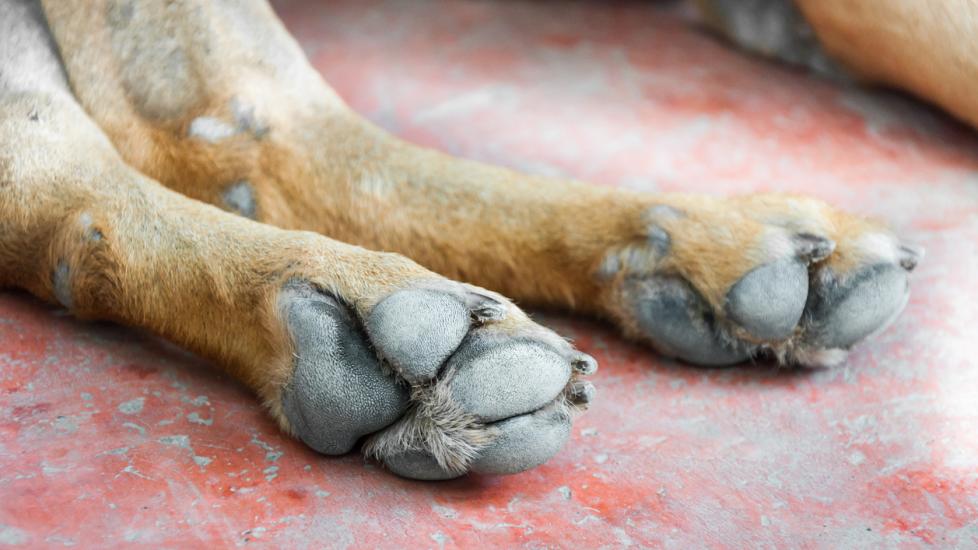Title: Understanding and Managing Canine Hyperkeratosis
Introduction:
In the world of canine health, hyperkeratosis is a condition that often goes unnoticed or mistaken for other skin ailments. It manifests as an overproduction of keratin—the protein responsible for maintaining healthy skin and hair—resulting in thickened paw pads, footpads, and sometimes even nose leathers. While it may seem like a minor issue at first glance, left untreated, hyperkeratosis can lead to discomfort and pain for our beloved furry friends. This article aims to shed light on this common yet overlooked condition, providing pet owners with insights into its causes, symptoms, diagnosis, treatment options, and preventive measures.
Causes of Canine Hyperkeratosis:
The exact cause of hyperkeratosis remains somewhat of a mystery; however, several factors have been associated with the condition’s development. Genetics play a significant role, as certain breeds are predisposed to developing hyperkeratotic changes due to their unique genetic makeup. Environmental factors such as excessive exposure to harsh surfaces (like hot pavement) or frequent contact with irritants can exacerbate the problem. Metabolic disorders, allergies, endocrine imbalances, and immune system issues also contribute to the onset of hyperkeratosis.
Symptoms of Hyperkeratosis in Dogs:
Recognizing the signs of hyperkeratosis early on allows for prompt intervention and management. The most prominent symptom is the visible thickening and hardening of the dog’s paw pads and footpads. In severe cases, these areas might develop cracks or fissures, leading to bleeding and infection if not addressed properly. Additionally, dogs suffering from hyperkeratosis may exhibit reluctance to walk or climb stairs, licking or chewing at affected areas, and increased sensitivity around the nose and feet.
Diagnosing Doggie Hyperkeratosis:
A thorough physical examination by a veterinarian is typically the starting point when suspecting hyperkeratosis. During the exam, your vet will look closely at your dog’s paws and any other potential trouble spots. They may also inquire about your pet’s lifestyle, environment, diet, and any recent changes that could be contributing factors. Depending on the severity of the case, additional tests might include blood work to check for underlying metabolic conditions, allergy testing, or specialized imaging techniques to rule out bone abnormalities affecting pressure points.
Treating and Preventing Hyperkeratosis:
Once diagnosed, treating hyperkeratosis involves a multi-faceted approach tailored to each individual dog. For mild cases, regular trimming and filing of thickened areas along with liberal use of moisturizers can help alleviate symptoms. If environmental triggers are identified, minimizing exposure through proper footwear or alternative walking surfaces can make a world of difference. Oral supplements containing omega fatty acids and biotin have proven beneficial in improving skin quality. Severe instances might require prescription medications, corticosteroids, or immunosuppressive therapy under strict veterinary guidance.
Conclusion:
Canine hyperkeratosis, while seemingly inconsequential, should never be underestimated. By recognizing the signs, understanding the complexities behind its development, and implementing appropriate preventative strategies and treatments, we can ensure our pets live comfortable lives free from unnecessary discomfort. Regular visits to the vet and open communication with them regarding any concerns you notice are key to keeping your four-legged companions happy and healthy. Remember, every dog is different, so consulting with a professional who knows your pup best is always recommended.
